Load cell is a sensor or a transducer that converts a load or force acting on it into an electronic signal. This electronic signal can be a voltage change, current change or frequency change depending on the type of load cell and circuitry used.
There are many different kinds of load cells.
Resistive load cells work on the principle of piezo-resistivity. When a load/force/stress is applied to the sensor, it changes its resistance. This change in resistance leads to a change in output voltage when a input voltage is applied.
Capacitive load cells work on the principle of change of capacitance which is the ability of a system to hold a certain amount of charge when a voltage is applied to it. For common parallel plate capacitors, the capacitance is directly proportional to the amount of overlap of the plates and the dielectric between the plates and inversely proportional to the gap between the plates.
How does a resistive load cell works ?
A load cell is made by using an elastic member (with very highly repeatable deflection pattern) to which a number of strain gauges are attached.
In this particular load cell shown in above figure, there are a total of four strain gauges that are bonded to the upper and lower surfaces of the load cell.
When the load is applied to the body of a resistive load cell as shown above, the elastic member, deflects as shown and creates a strain at those locations due to the stress applied. As a result, two of the strain gauges are in compression, whereas the other two are in tension as shown in below animation.
During a measurement, weight acts on the load cell’s metal spring element and causes elastic deformation.
This strain (positive or negative) is converted into an electrical signal by a strain gauge (SG) installed on the spring element. The simplest type of load cell is a bending beam with a strain gauge.
We use wheatstone bridge circuit to convert this change in strain/resistance into voltage which is proportional to the load.
Load Cell Working Animation
Wheatstone Bridge Circuit
The four strain gauges are configured in a Wheatstone Bridge configuration with four separate resistors connected as shown in what is called a Wheatstone Bridge Network.
An excitation voltage – usually 10V is applied to one set of corners and the voltage difference is measured between the other two corners. At equilibrium with no applied load, the voltage output is zero or very close to zero when the four resistors are closely matched in value. That is why it is referred to as a balanced bridge circuit.
When the metallic member to which the strain gauges are attached, is stressed by the application of a force, the resulting strain – leads to a change in resistance in one (or more) of the resistors. This change in resistance results in a change in output voltage. This small change in output voltage (usually about 20 mVolt of total change in response to full load) can be measured and digitized after careful amplification of the small milli-volt level signals to a higher amplitude 0-5V or 0-10V signal.
These load cells have been in use for many decades now, and can provide very accurate readings but require many tedious steps during the manufacturing process
There are various load cell designs in addition to bending beams. This includes for example:
- Load cells with column-shaped spring elements for high loads
- Hollow cylindrical load cells for very high loads
- Load cells with spring elements directly from the measuring bracket
- Ring torsion load cells
- Shear beam load cells
- Load cells with diaphragm spring element.
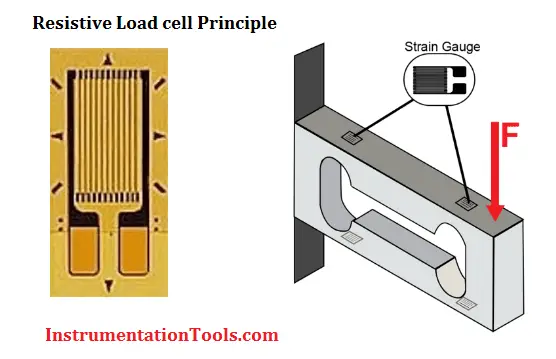
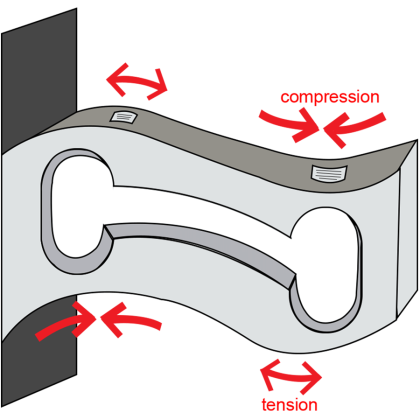
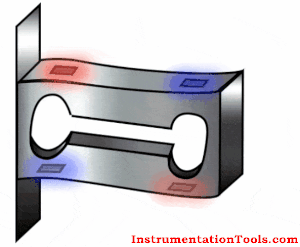
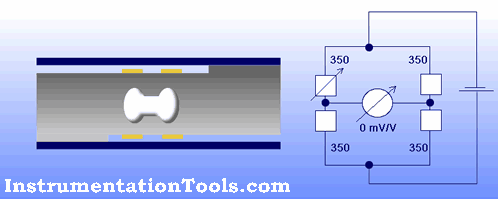
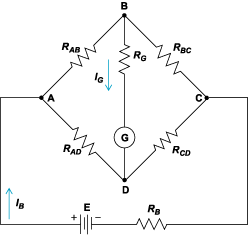

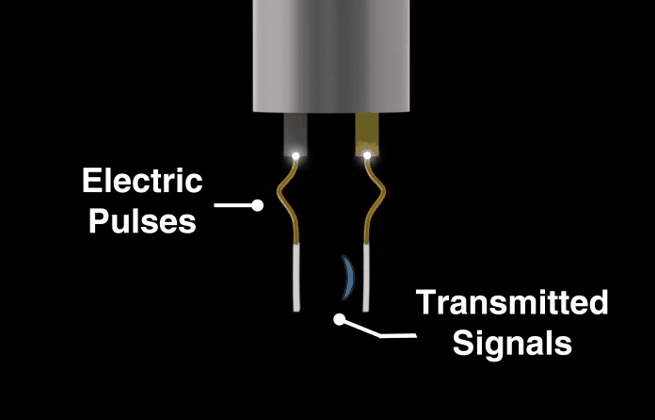




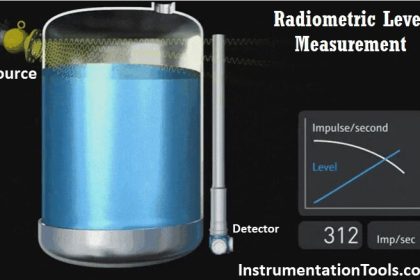

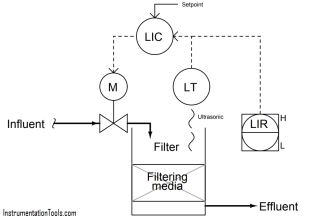



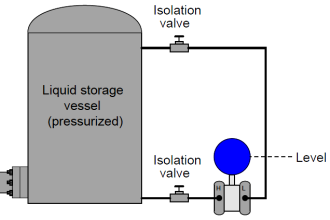

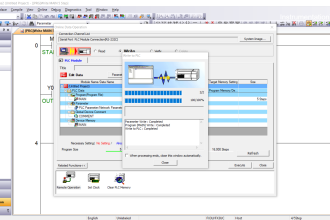


Dear sir i am very happy to see such a useful website and it is good tool for beginners.. thanks a lot ..
Plz send me some short quistions & answers on all instrumentation.
Very Nice Site.
Dear Sir, Very useful to us
Hi Sir,
Can u explain about the use of overall shield and individual sheild and where we have use IS and non IS cable sir
Applies for Multicore Instrument Pair Cables, If Each pair will have an individual shiled refer to IS and there will be an separater overall outer shield for all cores will refer to the overall shield. IS Cables are used for the Intrinsically Safe Circuit having Low Voltage and Current in Hazardous area application for Spark protection. Whilst the OS Cable can be used for digital signal such as limit switch, pressure switches etc.
Dear,,sir thankx….for valuable information,,,about.load cell…thankx.,.again
Awesome
sir my question is why bridge requires negative and positive voltage as a supply…..?
Could you explain why some bending beam load cell designs are not affected by the exact loading point? So if you placed the load a bit further away they still measure the same value.
sir i have question regarding loadcell if a loadcell has let suppose weight is 750kg and excitation voltage is 10V what is return mv/v kindly explain it briefly
Thank you for sharing the detailed guide on the working mechanism of a load cell, with proper diagrams and creative assets.